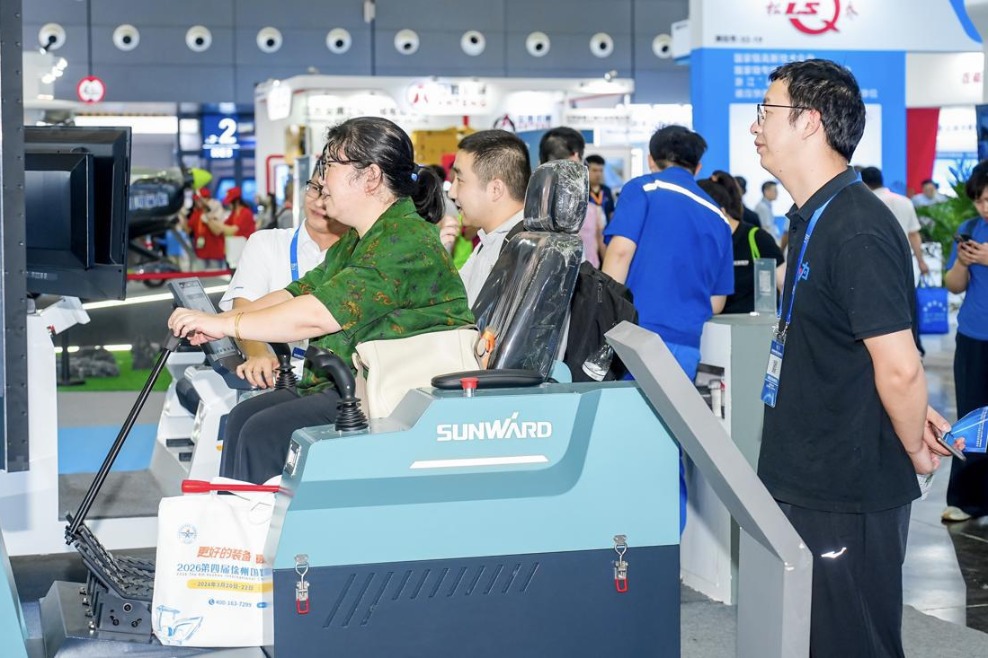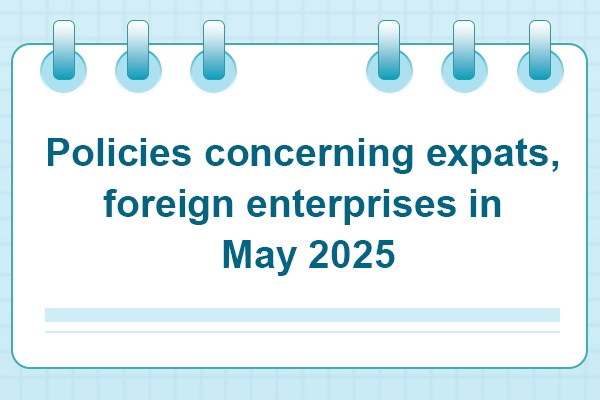Steady monetary policy prevents future crises


Unlike countries that are relying on broad and massive monetary stimulus packages to try to recover from the economic shock of the COVID-19 pandemic, China is using prudent but flexible monetary policies designed to support further investment in productivity-enhancing infrastructure and provide targeted help for small companies hard hit by the contagion.
Combined with structural, market-based reforms discussed at this year's two sessions in late May, this macroeconomic policy will support industrial upgrading and improvements in the real economy.
A macroeconomic policy based on monetary stimulus-zero interest rates and easy credit-is tempting in the short term. Most of the world's nations are succumbing to that strategy. But long-term loose credit just perpetuates a boom-bust cycle, with a bigger bust likely the next time. An extremely low interest rate policy also leads to asset price booms, especially in housing, exacerbating inequality by rewarding already well-off people but making life harder for poor people or for young people trying to build a life in a big city.
Combined with unending government budget deficits, loose monetary policies over the past 40 years have put the United States economy into an unsustainable period of more and more extreme booms and busts, stagnant wages, rising inequality and low productivity growth.
Contemporary analysis of monetary policies essentially began with economists trying to understand the US stagflation of the late 1970s. Reckless expansionary monetary and fiscal policies in the 1960s and 1970s caused inflation and unemployment to rise to levels not previously seen in the US in the post-World War II era.
In 1964, the US inflation rate was 1 percent and the unemployment rate was 5 percent. Ten years later, inflation rose to over 12 percent and unemployment was over 7 percent. By the summer of 1980, inflation was over 14 percent and unemployment was over 7.5 percent. How did this happen?
Policymakers during the 1960s thought that there was a trade-off between inflation and unemployment, so they cut interest rates to stimulate the economy-judging that an increase in the inflation rate was worth it. In the same period, the US government budget deficit soared to pay for new social programs and the conflict in Vietnam. It turned out that stimulative monetary policies and the resulting inflation could buy short-term employment gains. But the economy soon reverted to an even higher base unemployment rate with long-term higher inflation.
Throughout the 1970s, the problem intensified. The Federal Reserve repeatedly raised interest rates to try to rein in inflation, but each time that was tried it would cause a recession, so the Fed would again cut interest rates, raising inflation even higher. The inefficiency of having to deal with inflation plus general economic uncertainty caused growth rates to slow and unemployment rates to go up permanently. By the end of the 1970s, stagflation was the primary concern of macroeconomists and a central political issue.
A group of economists known as monetarists, led by Milton Friedman at the University of Chicago, argued that central banks should not be activist policymakers, but should essentially be technicians whose job should be limiting the money supply growth rate to equal the long-term growth rate of the economy. Known as "Friedman's Rule", this strategy would have set the US money supply to grow at 3 percent per year, about the long-term growth rate of the economy. Under this policy, the Fed would not try to set interest rates or to manipulate the business cycle.
Paul Volcker, who became chairman of the Fed in 1980, decided to use monetarist policies to bring down the US inflation rate. He succeeded, but at the cost of a steep recession that lasted from 1981 to 1983.
In a 2004 paper, Ben Bernanke, Fed chairman from 2006 to 2014, used the term "great moderation" to describe the period of low inflation, steady growth and low unemployment from 1984 to the early 2000s. For a short time, it looked like monetarist constraints on central banks had cured boom-bust business cycles and solved inflation and unemployment problems.
But, the great moderation was really over by the time Bernanke's paper was published. During the late 1990s, the first internet boom was supported by easy credit provided by the Fed and new types of debt instruments created by the newly deregulated banks. Starting in March 2000, the dot.com boom collapsed and the Nasdaq stock index fell 78 percent from its peak. Combined with the aftermath of the terrorist attacks of Sept 11, 2001, this pushed the US economy into recession.
The Fed, under Alan Greenspan, again lowered interest rates and pumped lots of liquidity into the economy-creating a period, that continues until today, of low interest rates and easy debt financing. To the surprise of most economists, general inflation did not rise. Instead, the abundant credit flowed into asset markets-causing the prices of housing and stocks to soar. This drove US inequality higher because wealthier people owned most of the assets.
Banks were unable to make profits from loaning to safe customers at low interest rates, so they made housing and consumer loans to people with bad credit at very high interest rates. Eventually, this boom led to the housing market collapse and the global financial crisis of 2008.
Instead of trying to stabilize long-term money and credit growth, the Fed and the US government responded with a further massive expansion of money and credit. To be fair, in such a crisis it made sense for policymakers in a panic situation to prioritize short-term economic survival regardless of the long-term consequences.
China also used a massive stimulus package to boost its economy during the global financial crisis. But, unlike the US stimulus, which mostly supported consumption or bailed-out financial companies, most of China's stimulus went into productivity-enhancing infrastructure instead, which raised real GDP.
In response to the economic damage done by the novel coronavirus pandemic, the US has chosen to repeat the expansion of money supply and government debt that it used to get out of the crises of 2000 to 2002 and 2008 to 2009. Debt and credit are being made easily available and the government budget deficit is soaring.
It's easy for an outside commentator to criticize policymakers who are trying to solve a severe crisis. US policymakers may be focusing on short-term stimulus while ignoring the long-term effects because needed real reforms are politically impossible. The easy money supply may succeed in stimulating another short-lived boom, but will inevitably lead to another bust. The cycle of boom and bust will eventually result in high inflation and high real interest rates in the US, possibly with a collapse of US government deficit financing and a devaluation of the dollar.
There is currently a great debate among Chinese economists. Some are advocating extremely loose credit and fast money creation. Some are even advocating that the central bank should just print money to pay for government operations. But history teaches that this will just lead to long-term productivity stagnation, social inequality, unproductive asset price increases, and, probably, hyperinflation.
Because of past policies that raised real productivity and real wages, China certainly has the room needed to use sufficient monetary and fiscal stimulus to make targeted loans available or cut taxes to help vulnerable companies.
In the Government Work Report delivered at the end of last month's two sessions meetings, Premier Li Keqiang said that economic policies will "keep the fundamentals of the economy stable". Combined with policies pushing industrial upgrading and market-based reform, this stable but flexible macroeconomic policy will support continued high-quality productivity growth in China's economy.
China's structural and institutional reform is harder work than the easy path of printing money. But it's the only way to get real growth and avoid the boom-bust cycles that are disastrous over the long term.




































